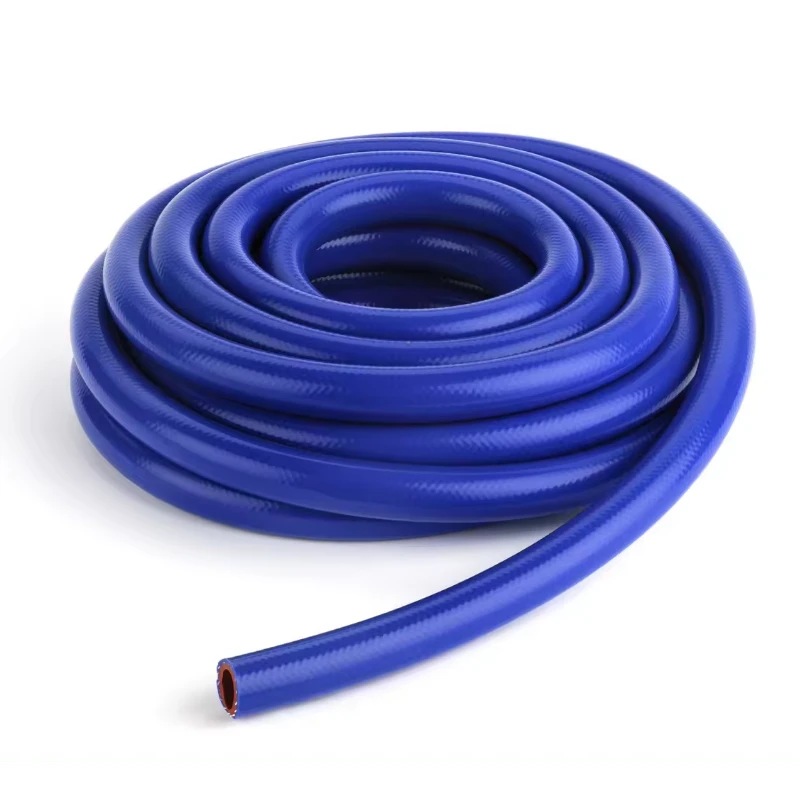
- Afrikaans
- Albanian
- Amharic
- Arabic
- Armenian
- Azerbaijani
- Basque
- Belarusian
- Bengali
- Bosnian
- Bulgarian
- Catalan
- Cebuano
- Corsican
- Croatian
- Czech
- Danish
- Dutch
- English
- Esperanto
- Estonian
- Finnish
- French
- Frisian
- Galician
- Georgian
- German
- Greek
- Gujarati
- haitian_creole
- hausa
- hawaiian
- Hebrew
- Hindi
- Miao
- Hungarian
- Icelandic
- igbo
- Indonesian
- irish
- Italian
- Japanese
- Javanese
- Kannada
- kazakh
- Khmer
- Rwandese
- Korean
- Kurdish
- Kyrgyz
- Lao
- Latin
- Latvian
- Lithuanian
- Luxembourgish
- Macedonian
- Malgashi
- Malay
- Malayalam
- Maltese
- Maori
- Marathi
- Mongolian
- Myanmar
- Nepali
- Norwegian
- Norwegian
- Occitan
- Pashto
- Persian
- Polish
- Portuguese
- Punjabi
- Romanian
- Russian
- Samoan
- scottish-gaelic
- Serbian
- Sesotho
- Shona
- Sindhi
- Sinhala
- Slovak
- Slovenian
- Somali
- Spanish
- Sundanese
- Swahili
- Swedish
- Tagalog
- Tajik
- Tamil
- Tatar
- Telugu
- Thai
- Turkish
- Turkmen
- Ukrainian
- Urdu
- Uighur
- Uzbek
- Vietnamese
- Welsh
- Bantu
- Yiddish
- Yoruba
- Zulu

Des . 03, 2024 17:43 Back to list
cryogenic hose for nitrogen
Understanding Cryogenic Hoses for Nitrogen Key Features and Applications
Cryogenic hoses are specialized conduits designed to handle extremely low temperatures while transporting gases and liquids. Among the various applications of cryogenic hoses, nitrogen is a significant component due to its broad utilization across multiple industries, ranging from food preservation to aerospace. Understanding the intricacies of cryogenic hoses for nitrogen is crucial for ensuring safety, efficiency, and reliability in operations.
What Are Cryogenic Hoses?
Cryogenic hoses are designed to transport materials at temperatures below -150°C (-238°F). They are typically constructed from materials that can withstand extreme thermal stress and prevent heat ingress, which could lead to boiling or vaporization of cryogenic fluids. The internal lining is often made of high-performance polymers or elastomers, while the outer layers feature robust insulation materials to maintain the cryogenic state.
Importance of Nitrogen in Industry
Nitrogen is the most abundant gas in the Earth's atmosphere and is widely used in various industrial processes. In its cryogenic form, liquid nitrogen is essential in fields such as
1. Cryopreservation Biological samples like cells, tissues, and even whole organs are stored in liquid nitrogen due to its ability to slow down decay and preserve life.
2. Food Industry Nitrogen is used for flash freezing and preserving food products, ensuring that flavor and texture remain intact over time.
3. Aerospace and Scientific Research Liquid nitrogen serves as a coolant for superconductors and other sensitive equipment, maintaining operational efficiency at cryogenic temperatures.
4. Manufacturing Processes Industries often use cryogenic nitrogen for processes such as shrink fitting, where components are temporarily cooled to fit them together before resuming to their original size upon warming.
Key Features of Cryogenic Hoses for Nitrogen
cryogenic hose for nitrogen

When selecting a cryogenic hose for nitrogen applications, certain features must be taken into consideration
1. Temperature Resistance The hoses must maintain flexibility and structural integrity at the extreme temperatures associated with liquid nitrogen. This is typically achieved through specialized materials that resist embrittlement.
2. Insulation Proper insulation prevents heat transfer that could lead to the vaporization of nitrogen. Multi-layered insulation systems often employ materials such as vacuum insulation or foams to minimize thermal conductivity.
3. Durability Cryogenic hoses should be constructed to endure harsh environments, including exposure to chemicals and physical abrasion. The choice of materials is essential to ensure long-term use without degradation.
4. Safety Compliance Adhering to industry safety standards is critical. This includes certifications for pressure ratings, burst testing, and material safety data. Such compliance ensures the reliability and safety of the hoses during operation.
5. Flexibility and Handling A good cryogenic hose should remain flexible even at lower temperatures, facilitating ease of use in various operational setups.
Conclusion
Cryogenic hoses for nitrogen are indispensable tools across numerous industries, facilitating the safe and efficient transfer of this essential gas in its liquid state. With applications spanning from food preservation to aerospace engineering, the importance of selecting the right hose cannot be overstated.
When investing in cryogenic hoses, businesses must prioritize quality, material integrity, and safety standards to ensure optimal performance and reliability. Continuous advancements in materials and design innovations promise to enhance the functionality of cryogenic hoses, paving the way for more efficient and safe operations in the future.
In summary, understanding the technical aspects and applications of cryogenic hoses for nitrogen is vital for industries reliant on this versatile gas. By prioritizing durability, flexibility, and insulation properties, industries can harness the full potential of nitrogen, ensuring quality and safety in their processes.
Latest News
Steel Wire Reinforced Hydraulic Hose SAE 100 R1 / EN853 1SN S
NewsOct.17,2024
Two Layers Steel Wire Reinforced Hydraulic Hose SAE 100 R2 / EN853 2SN
NewsSep.03,2024
Textile Braid Reinforced Hydraulic Hose SAE100 R3+R6
NewsSep.03,2024
Textile Reinforced Hydraulic oil Suction Hose with embedded Steel Wire SAE 100 R4
NewsSep.03,2024
Single Wire Braid and Textile Covered Hydraulic Hose SAE 100 R5
NewsSep.03,2024
High Pressure Thermoplastic Hydraulic Hose SAE 100 R7 / EN855 R7 - SAE 100 R8 / EN855 R8
NewsSep.03,2024
Heavy Duty Four-layer Steel Wire Spiral Reinforced Hydraulic Hose SAE100R9+R10+R12
NewsSep.03,2024
Heavy Duty Multi-layer Steel Wire Reinforced Hydraulic Hose SAE100R13 SAE100R15
NewsSep.03,2024
Latest Products










